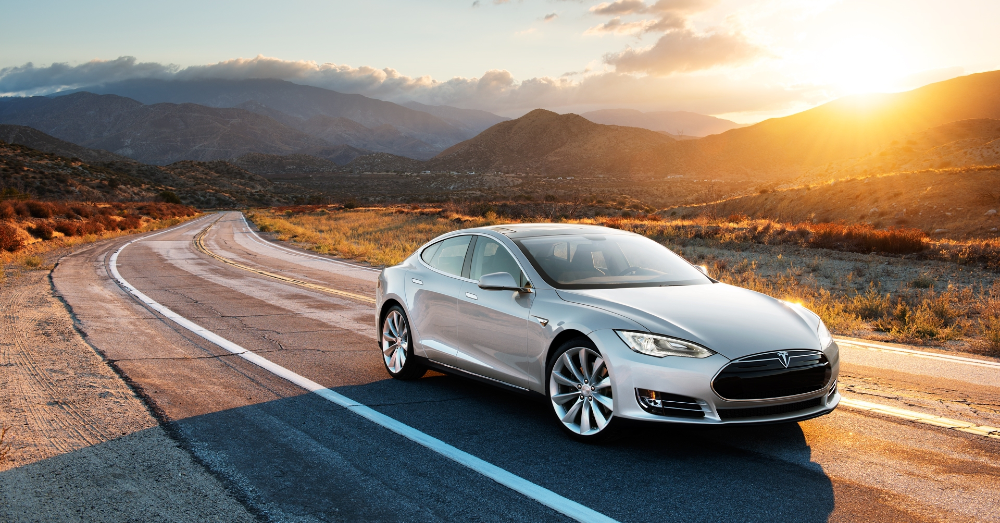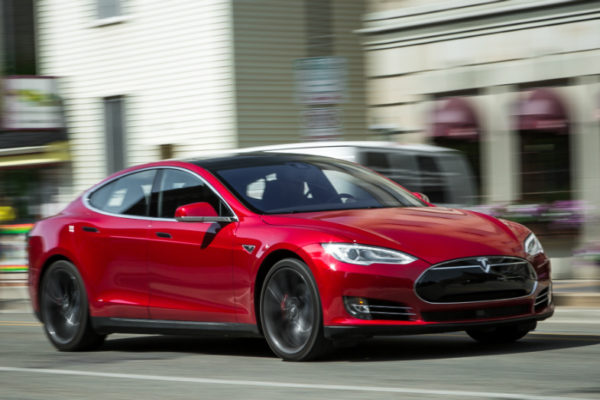
Tesla Sensors Removed Without an Immediate Fix
Tesla has been a tech-forward company for a few years but has had to step back a few times. Now Tesla is removing some sensors, and we’re not sure why.
The sensors being removed are the ultrasonic versions which allow some of the safety features of various models to work. This could take away some of the allure and experience drivers enjoy when they choose Tesla and one of their electric vehicles. This leaves us with several questions, making us wonder why the brand chose to make this sudden change.
How Will the Removal of Sensors Impact These Vehicles
The ultrasonic sensors are being removed from Model 3 and Model Y vehicles. Plans are in place to do the same to the Model S and Model X versions at a later time. Removing these items means disabling some of the features of these EVs. The automatic park and park assist features will no longer work on cars without these sensors. Additionally, the summon and smart summon features that are part of the Autopilot FSD package won’t work either. These features will all be disabled on new Tesla vehicles being made right now.
Shouldn’t These Tesla Cars Come With the Parking Assistance Features?
Most high-end cars are expected to come with some form of parking assistance. Removing the Park Assist and Automatic Parking features is a big deal. The summon and smart summon features aren’t as commonplace, only being offered on Tesla cars right now. Removing these Tesla sensors creates this challenge and takes away the usefulness of the parking features.
Although Tesla promises to re-enable these features using nothing more than the cameras, they haven’t given an actual date to allow this to take place. The brand must not expect to lose any sales by taking away these features, and they are probably correct. Tesla vehicles are some of the hottest models in the market today.
Will Tesla Save Money by Removing These Sensors?
The reality is that the ultrasonic sensors are relatively cheap hardware which means there won’t be much of an actual financial savings per vehicle. Without a replacement feature or software to utilize the cameras at the ready, it seems a bit premature to remove these items without a fix readily available. Maybe the problem is these sensors were creating a redundancy the brand doesn’t desire.
If the Brand Can Simply Use the Cameras to Offer These Features, Why Didn’t They Do This Sooner?
We know that technology, including computer programming, is evolving at a rate that’s much faster than it’s ever been. Did someone at Tesla suddenly figure out how to offer the parking and summoning features of these vehicles without using the ultrasonic sensors? It might be a small savings per vehicle, but any possible way to streamline the production process and use fewer parts makes sense for any automaker. This small savings might make a huge difference in the long run.
How Do these Ultrasonic Sensors Operate?
The sensors being removed from Tesla vehicles are small, cheap, and use sonar to operate. This means they send out an inaudible sound wave and wait for it to reflect back at the speed of sound.
This is the same system bats use to “see” at night, even though it’s dark, and most bats don’t see well using their eyes. Using sonar, these sensors can tell how far a vehicle is from any object the sound bounces off and returns. Most Tesla vehicles have 12 of these items on the face and sides of the bumpers.
How Cheap are These Sensors?
The ultrasonic sensors are only a few dollars each, but mounting and wiring them adds to the cost. So does including the programming to make them work and offer the features some drivers desire. The total cost per vehicle is close to $114.
Strangely, Tesla might be making a step forward and not backward. All automakers use these sensors to offer the parking warnings and assistance features included in the vehicles. Does Tesla think their cameras are better than these sensors and that the features removed will work better once returned to these vehicles? It’s possible.
Maybe the Picture Gets Better With Camera
Let’s take a step into our own senses for a second. Which sense allows you to see better, the sense of sight or the sense of sound? Sonar is a sound-based system using sound waves to create an image of items and where they are.
Cameras offer an actual picture of items and can they see them. This could mean using the cameras instead of these removed Tesla sensors will be a step forward and not backward. The sensors create a relatively poor picture of what’s happening and where objects are in relation to the vehicle.
Tesla Removed Radar, Will They Go Back To It?
Radar is much more accurate than sonar in detecting and creating a picture of the objects around a vehicle. When Tesla removed radar from its vehicle lineup, many drivers complained of the longer following distances and an increase in phantom braking when the Autopilot feature was in use.
Will using the cameras instead of the sensors bring back radar to the Tesla systems, making these features more accurate and resolving some of the problems many drivers face out on the road? The challenge is that radar is more expensive than sonar.
Is Tesla Working Toward an All-Computer-Vision Approach to Driving?
It’s possible that removing sonar and the Tesla sensors from vehicles will be the step backward that catapults Tesla technology forward. Tesla is currently working on a virtual LIDAR approach which could build a 3D representation of the world around a car using nothing more than camera data. This could lead to an occupancy network approach which allows the Tesla vehicle to learn where it can fit and where it cannot.
For now, Tesla models will be without the ultrasonic sensors and the four features mentioned. This might turn a few shoppers away, but with over-the-air updates and the current package of cameras, it’s possible a newer and better system will arrive soon.
This post may contain affiliate links. Meaning a commission is given should you decide to make a purchase through these links, at no cost to you. All products shown are researched and tested to give an accurate review for you.



